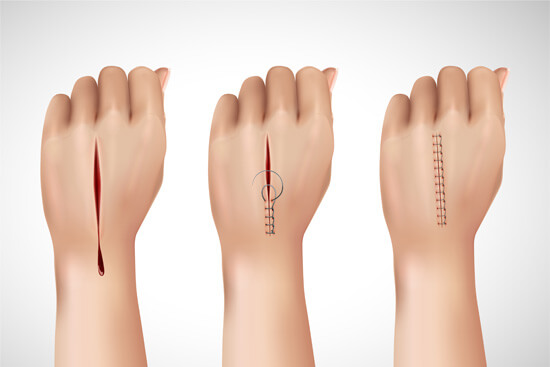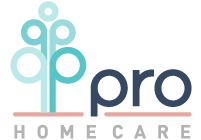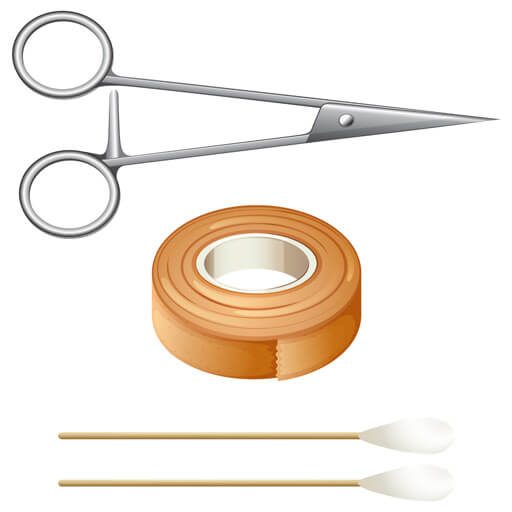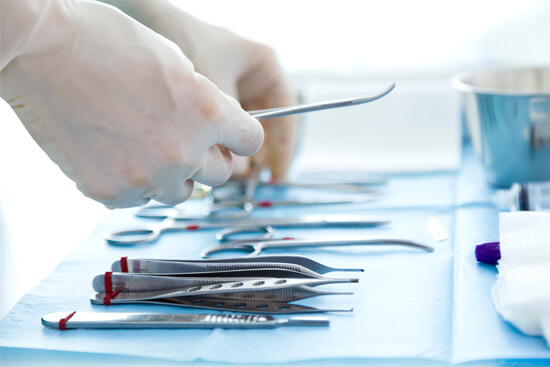Diabetic foot care
One of the most commonly affected organs of diabetes are the feet are. The feet are one of the limbs that should be checked regularly. The fact that diabetics do not feel pain, soreness and infection from sensory neuropathy can cause serious health problems in the feet. This paves the way for injury. Such situations lead to consequences such as leg amputation and gangrene, which adversely affect the patient’s life.



